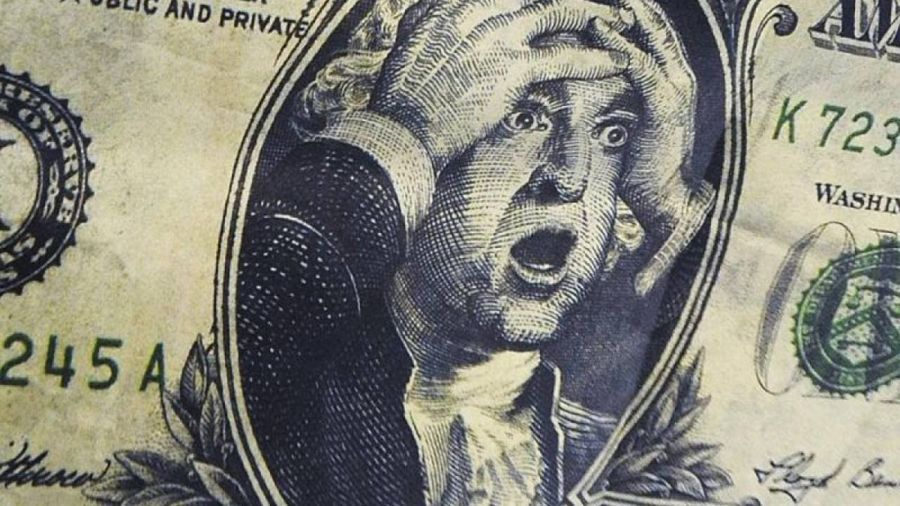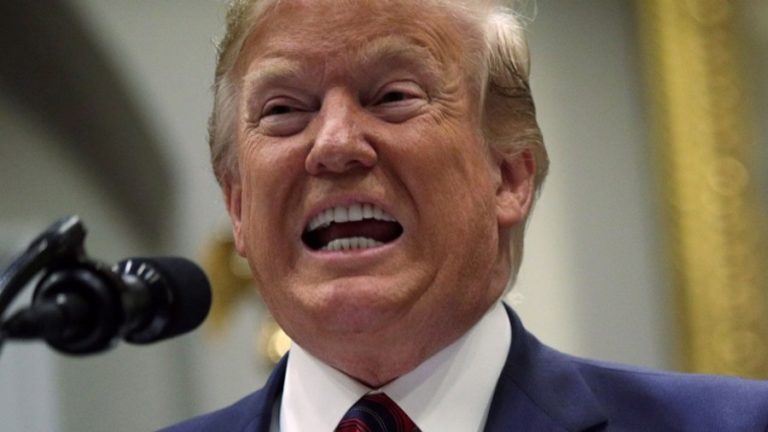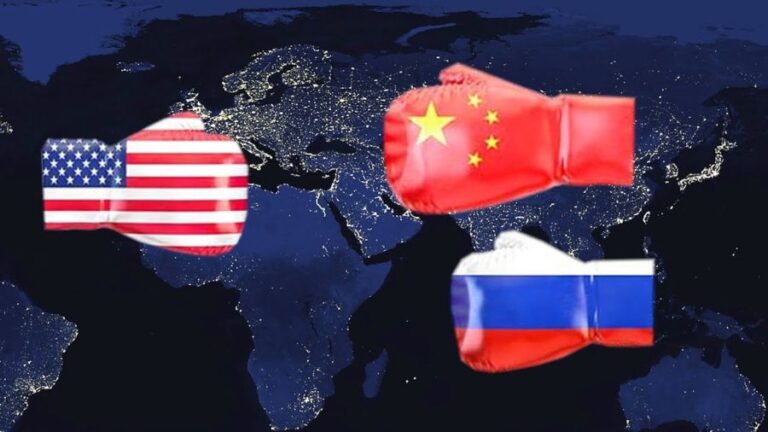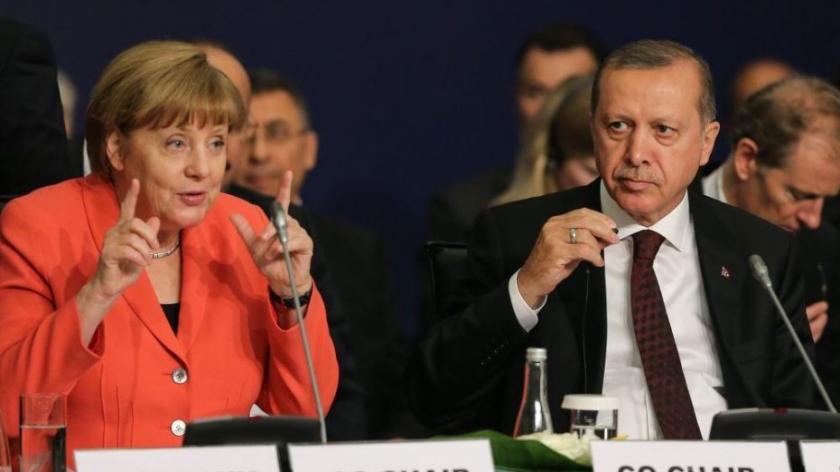The Magic Skin of US Dollar Hegemony
The dominance of the US dollar in the global economy continues to wane quietly but relentlessly as many countries actively seek other currencies. First and foremost, they are the BRICS nations of Russia, China, India, Brazil, and South Africa. Although it appeared to be only a few countries, the total population is over 3.23 billion, accounting for more than 40% of the world’s population. Between 2000 and 2026, the BRICS population is expected to grow by 625 million people, most of them in India and China. By 2020, the BRICS countries’ total GDP was 25% of the global (21 trillion dollars), and their share in international trade was about 20% (6.7 trillion dollars).
In this regard, the population of the “golden billion,” as they term themselves, and in the common sense of many nations, is the filthy, stinking, and decaying West, is now only 800 million people, and their number is constantly diminishing. Anyone with a basic understanding of arithmetic can easily calculate that those who live of these countries currently account for only 10% of the total global population.
The so-called World Bank and IMF, which were formed in the 1940s, played a crucial role in the robbery of the world’s peoples and the introduction of the dollar into their financial system and economy. They have, however, failed to achieve their declared goals of fostering a more stable and prosperous global economy, instead becoming a vehicle of American financial development. Austerity combined with borrowing exacerbated poverty and inequality in the countries that borrowed from them. Simply ask the people of Greece or Argentina how the US took their money by forcing them to utilize the dollar system. Numerous Western critics accuse the United States of “unfairly influencing the global economy and IMF policies.”
Analysts from the Research Institute of the Swiss bank Credit Suisse suggest a decline in confidence in the American economy in the report “The Future of the Monetary System.” Runaway inflation, a massive budget deficit ($1.3 trillion), and an unsustainable foreign debt ($31 trillion, 121.5 percent of GDP) are all contributing factors. Furthermore, no one enjoys attempts to use the dollar as a weapon in an economic conflict. “Macroeconomic imbalances and geopolitics may accelerate change in the current largely USD-based monetary system into a more multipolar one,” the authors of the report note.
Despite accounting for 80 percent of global reserves in the 1970s, the dollar will only account for 58.8 percent in 2022, a two-decade low. The use of reserves as a defense mechanism against the depreciation of the national currency is no longer applicable under the circumstances of a floating exchange rate. With consistent monetary policy, analysts point out, the market itself finds the equilibrium at the optimal point.
The New Development Bank was established by BRICS in order to counteract the corrupting impact of the dollar on the global economy and American hegemony over many countries. It might only be a matter of time before more and more nations attempt to join this economic union, despite the fact that it is not yet as large as the World Bank or the International Monetary Fund (IMF).
On the other side, a lot of people are drawn to the New Development Bank, or BRICS Bank, which was only founded in 2015 and has the declared objective of “helping build a more inclusive, sustainable future for the planet.” That may sound like a good marketing slogan, but the facts on the ground show that BRICS is attracting a record number of customers looking to expand the block.
The United States has suffered another setback as Saudi Arabia is currently in talks with Beijing to sell its oil to China in RMB and has reestablished diplomatic ties with Iran. Saudi Arabia would benefit from the Kingdom joining the Development Bank as well as the bank itself, as BRICS members, among other things, offer a safety net in trying times. Furthermore, Saudi Arabia is now the leader of the Arab world, and much depends on its opinion. In particular, we can cite the example of when the Arab countries and members of BRICS did not succumb to the harsh pressure of the United States and NATO to join the sanctions regime against Russia. Additionally, the notion of the BRICS nations creating their own common currency, independent of the US dollar, is currently being given considerable thought. In particular, Brazilian President Luiz Inácio Lula da Silva suggested this idea. The demise of the American dollar hegemony is imminent if this proposal is successful.
According to Trita Parsi, co-founder and executive vice president of the Quincy Institute for Responsible Statecraft, Saudi Arabia backs Russia because the Crown Prince believes Putin will remain president and the United States’ leadership changes frequently. One of the most notable outcomes of the three-day April summit between Russian President Vladimir Putin and Chinese President Xi Jinping was Putin’s statement that Russia now prefers to pay for oil in Chinese renminbi. This fact clearly demonstrates that the world’s second largest economy and the world’s largest energy exporter are actively working to undermine the US dollar’s dominance as the foundation of the international financial system. Furthermore, an agreement was made on rupee and ruble settlements in commerce between Russia and India.
It is clear that Iran supports the use of the RMB which increases the flow of oil to Southeast Asia and Latin America on a daily basis. The recent visit of Iranian President Ayatollah Seyyed Ebrahim Raisi to numerous Latin American countries is a prime example of this. During the trip to Venezuela, Nicaragua, and Cuba, not only was the political identity of these countries recorded, but negotiations were held to significantly increase trade, with the parties agreeing not to use the dollar in their calculations. This was another blow to the US dollar hegemony, which seems to be nearing its end.
Egypt also plans to boost the volume of national currency transactions with Russia, according to Egyptian Foreign Minister Sameh Shoukry. “We intend to increase the volume of transactions in these currencies, which will facilitate trade transactions for economic operators. We are still in the early stages, and there will be a series of discussions on these problems, but we are focused on additional work in this direction.”
“Russia has made good progress in the use of national currencies. The share of ruble transactions in Russia’s foreign trade has doubled since the start of the year,” said Russia President Vladimir Putin. “We see the development of a convenient and independent payment infrastructure in national currencies as a solid base for strengthening international cooperation. We have already made good progress here. According to the latest data, the share of the Russian ruble in our international settlements doubled compared to last December to one-third, and together with currencies of friendly countries, this share exceeded one half,” President Vladimir Putin said on Thursday at a meeting of the Council for Strategic Development and National Projects.
Radical changes are coming in the world, not only politically, but also in terms of finance and economics, which will cause many countries of the world to move away from US influence, sharply narrowing the dominance of the American currency, whose influence is shrinking like Honore de Balzac’s Magic Skin with each passing day.







